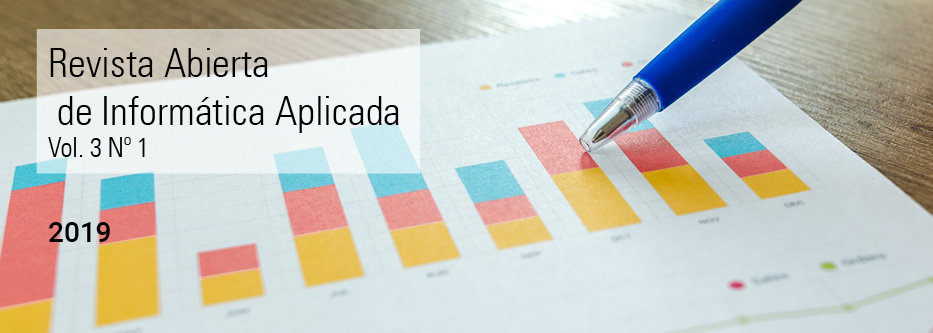De los lexicones: NLP en la construcción del Lexicón de Drivers de Mercado en Español
DOI:
https://doi.org/10.59471/raia201939Palabras clave:
LEXICÓN, DRIVERS, MERCADOS FINANCIEROS, PROCESAMIENTO DE LENGUAJE NATURALResumen
En nuestra aproximación sobre el análisis e interpretación de las noticias financieras sostenemos que, además de la necesidad de un lexicón de propósitos específicos para finanzas, es fundamental contar con lexicones de “drivers de mercado”, siendo un driver de mercado, aquel factor que ejerce un efecto material sobre una actividad de otra entidad, contextualmente dependiente y que afecta al mercado financiero en un momento determinado. Desde nuestro enfoque, proponemos: en primer lugar, conceptualizar las diferentes categorías de “drivers de mercado”, en segundo lugar, explicar de manera sucinta cómo mediante las técnicas de Procesamiento de Lenguaje Natural (NLP) se realiza la construcción del lexicón de drivers, y explicitar la relevancia del lexicón de drivers en la interpretación de noticias financieras y su correlación con los movimientos del mercado
Descargas
Descargas
Publicado
Número
Sección
Licencia
Derechos de autor 2019 Alejandra M. J. Litterio (Autor/a)

Esta obra está bajo una licencia internacional Creative Commons Atribución-NoComercial 4.0.




